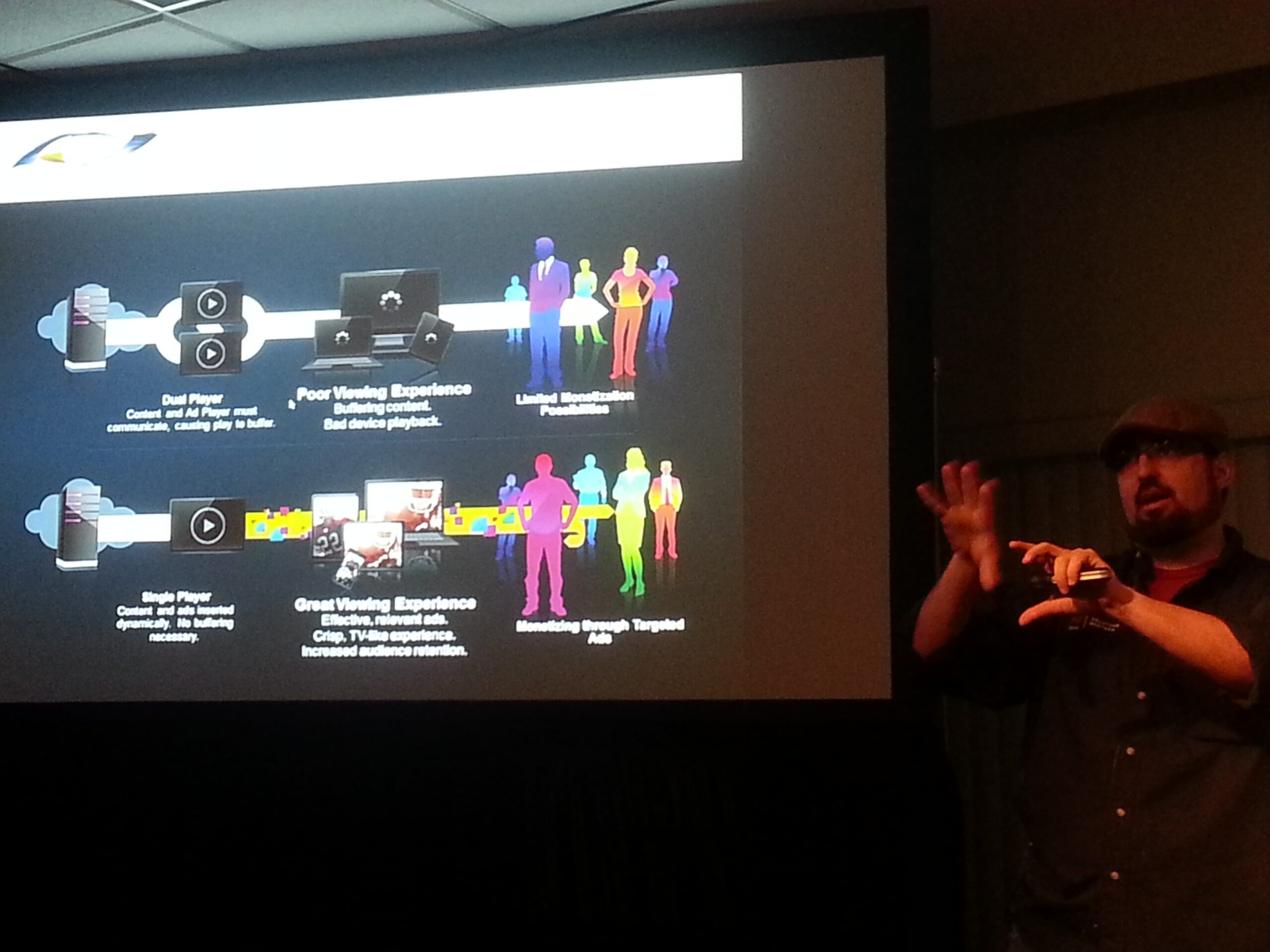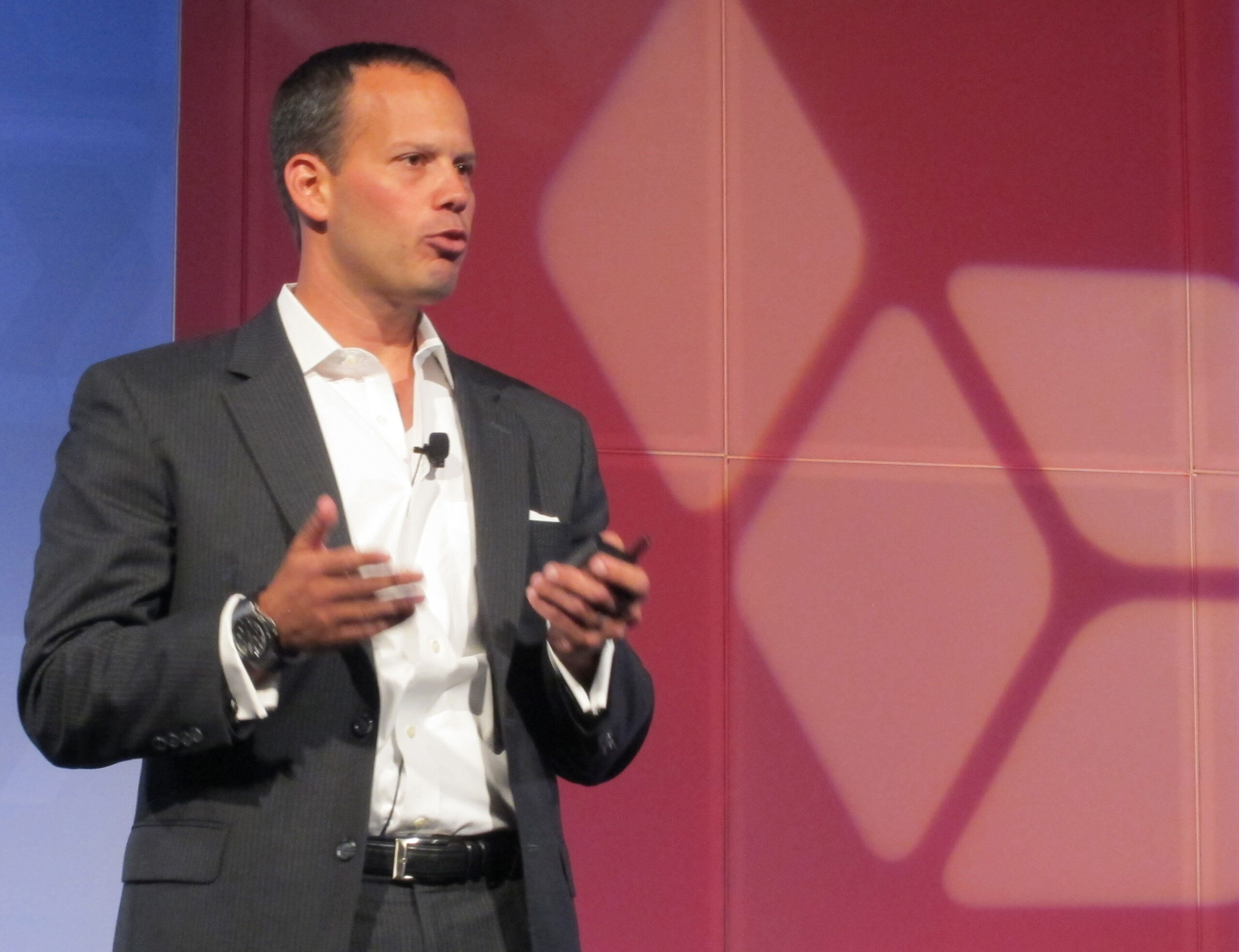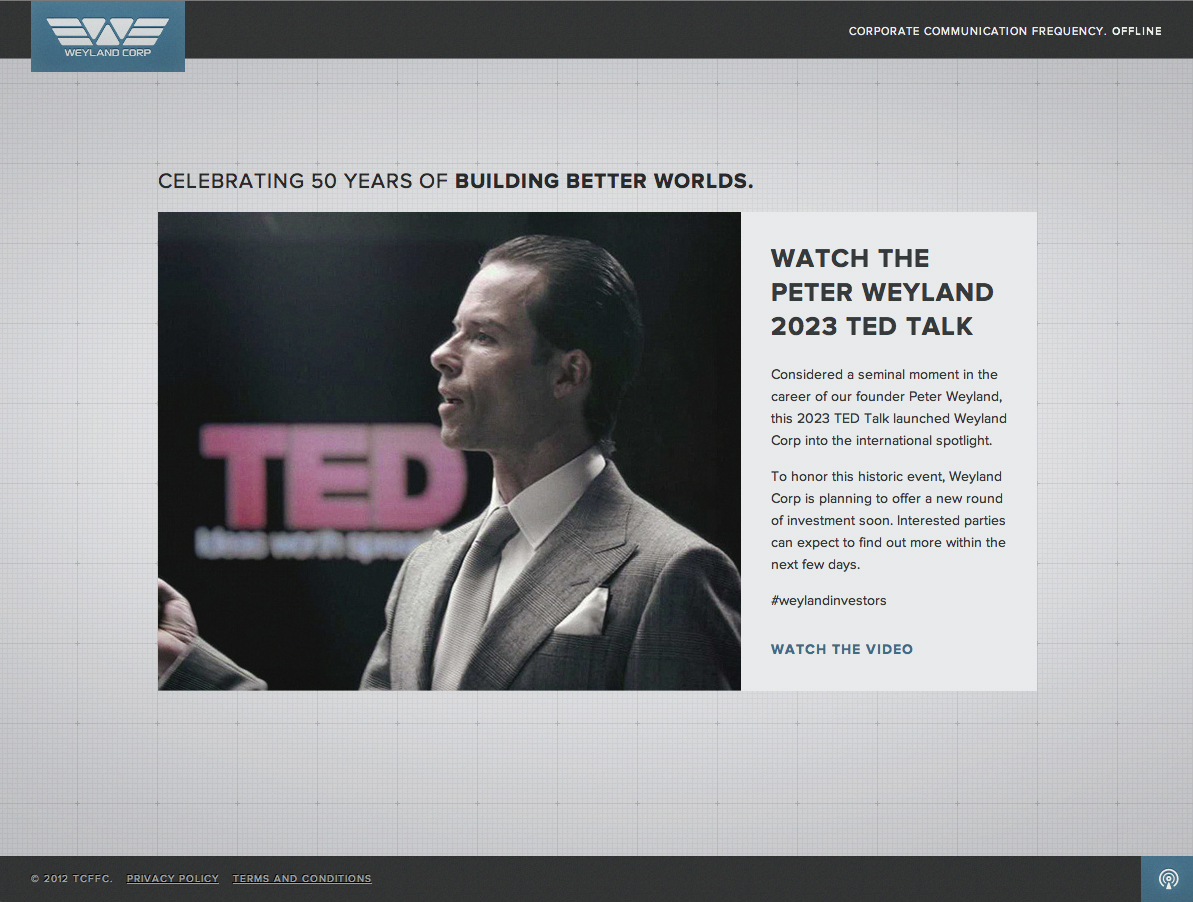
Participating in an ad network or ad exchange can be a good solution for sites looking to monetize their video and mobile content. Ad networks and exchanges can aggregate content across a range of publishers, which alone may not have enough inventory to meet advertisers needs for scale and targeting, but together can add up to an attractive number of impressions.
In addition to making the online video and mobile ad market accessible to smaller publishers, this can spare them the headcount they’d need to hire for their own sales and ad operations teams. Because of the growing popularity of ad networks and exchanges available, it’s likely any video or mobile content you may be developing for a publisher will end up as part of their inventory pool. So here’s a quick primer on ad networks and exchanges.
Ad networks typically package content and demographics to improve targeting for the advertiser. For example a network might bundle inventory for 20 sports sites in a male oriented sports audience or 20 mommy blogs into a women oriented family audience. They can take a considerable cut of ad revenue, usually around 30 to 40% so most publishers will work with more than one network, since it’s the best way for them to increase their CPM (cost per thousand) and sell ad inventory. The fill rates (the number of available impressions that receive an ad) tend to be higher for ad networks, since most have sales people who are actively trying to sell the networks inventory.
An ad exchange is a variation on the ad network concept and has been steadily growing in popularity for video and mobile content. An ad exchange is a platform that connects buyers and sellers of online ad inventory. A publisher can list some or all of their video or mobile ad inventory in the exchange, along with critical information like details about the content, their audience, and their minimum desired CPM.
Advertisers go to the exchange platform to find inventory, specifying content or audience targets, numbers of impressions they need, and a total budget. The platform matches the buyer and seller, enables the delivery of the ad, and takes a small fee for the service. Unlike with ad networks, there is no direct competition between the exchange and the publisher. The exchange is motivated to introduce publishers directly to advertisers, whereas a network prefers to be in the middle in order to maximize their fee. The fee collected by an exchange is usually far less than an ad network, it simply takes a small percentage of each transaction but as I said above, fill rates can sometimes be lower because there is no sales person actively out selling ads.




























In my case, I use adtomatik. I tried many others and the best one is definitely adtomatik. The best ecpm than others by far